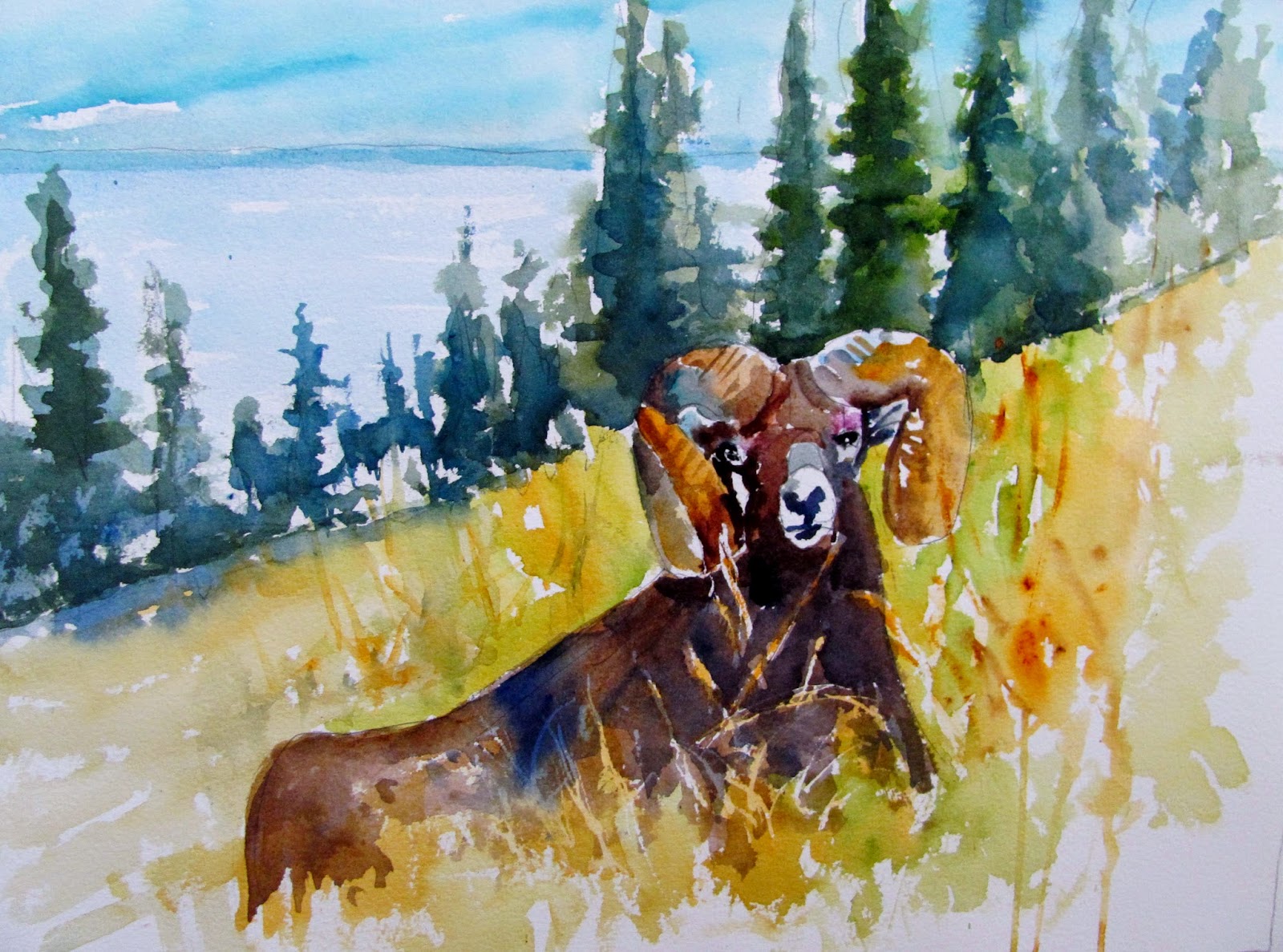Looking at the heading one might think what is this colour? The old colour was Brown Madder now replaced or replicated by this modern organic pigment. It is now known as Brown Madder, correctly a `hue', from Winsor & Newton, Transparent Red Brown from Daler Rowney, Quinacridone Burnt Scarlet from Daniel Smith and Avignon Orange from Maimeri. Some of these are favourites of several artists, probably many more, and make no mistake this is a great pigment. I have had Avignon Orange for some years but haven't used it much recently. Why I ask myself? Schinke added this pigment at the last upgrade to their range calling it Madder Brown. They recommend it for `portraits and nudes'.
Left: Avignon Orange (Maimeri), Centre: Transparent Red Brown (Daler Rowney), Right: Perylene Maroon (Daler Rowney)
Not much difference between them is there? The Maimeri paint was from an old tube and when I squeezed it out liquid first emerged then pigment. This is separation due to age, so the paintout is a little streaky. I like the Transparent Red Brown but others might prefer the Perylene Maroon which is darker valued.
Added later : I've had a comment which seems to suggest I'm misleading readers as quote ` the two paints (PR206 and PR179) are totally different'. I've now looked at the Winsor & Newton chip chart and certainly the PR179 chip looks much darker than the adjacent Brown Madder PR206. As for Schminke I only have a printed colour chart (printed charts are generally considered much less accurate) but even so the Deep Red (PR179) and Madder Brown (PR206) don't look a million miles apart in colour shade. You decide as paints from different manufacturers, even with the same pigment, can be very different. It all depends on the additives and the way the pigment is processed. However as you can see the above paints are not so very different and the swatches were freshly painted , although on further study the Perylene Maroon looks redder.
Handprint lists it in the earth colours and describes it as lightfast, semi-transparent, mildly staining, dark valued, and moderately intense. It's main weakness is a slightly weak tinting strength, which means it might be overridden by more dominant colours. Handprint recommend it for botanicals, portraits and landscapes and say it is a versatile neutralizing complement with a wide range of blues and blue-green pigments. The pigment database describes it as `Dark Orange to Violet Brown'. Bruce McEvoy prefers PR179 Perylene Maroon because of its greater strength.
PR206 isn't listed at all by Graham, Rembrandt, DaVinci, Sennelier or Holbein. Some obviously prefer PR179 Perylene Maroon. It does appear in a few mixed pigments though. Looking at the rare Daler Rowney chip chart I possess the two pigments are side by side, and while very similar, PR179 does appear slightly darker valued. Permanent Alazarin Crimson from Winsor & Newton has PR206 as one of the two ingredients.
If you decide to try this colour what to buy? As readers of the blog will know I'm pragmatic and combine price and quality in any decision when I buy. All these paints are good. A check today on Jacksons shows Daniel Smith the dearest at £10.92p while Daler Rowney is only £6.80p. No contest as far as I'm concerned but hang on Winsor & Newton is currently £6.87p! Maimeri come in at £8.60p with Schminke at £7.33p. Best buys therefore Daler Rowney and Winsor & Newton. Daniel Smith, however good, worth this hefty price? Not in this instance. As for Perylene Maroon the Rowney price is the same but Winsor & Newton put it in Series 2 at (currently) £8.89p.














